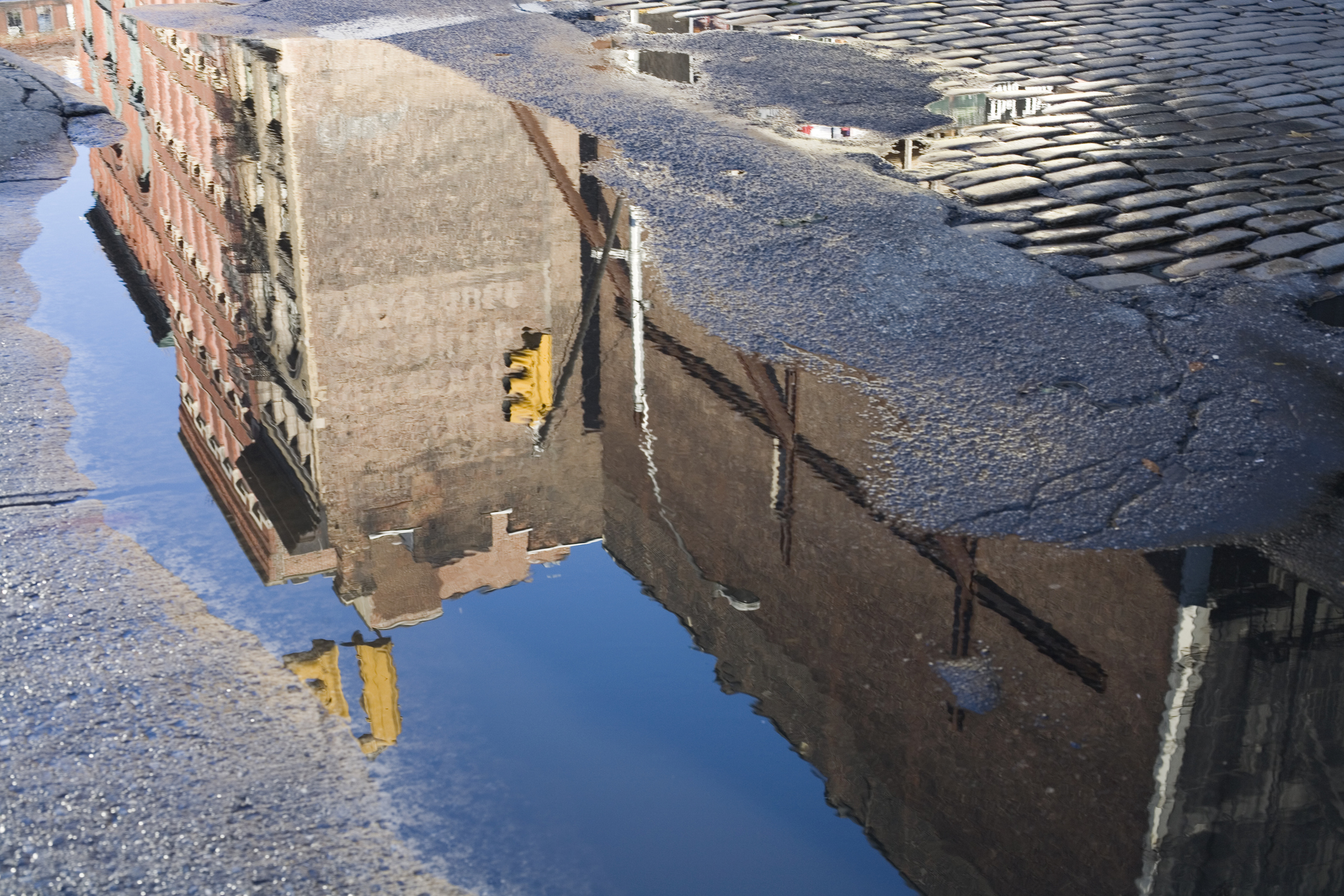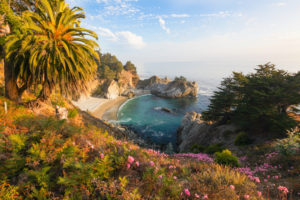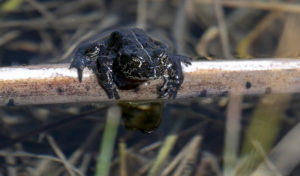
Amid reports of record-breaking rainfall, regulators extend emergency drought measures for conservation.
California officials ordered the evacuation of nearly 200,000 residents in northern California in mid-February when an overflowing dam threatened to flood surrounding communities.
Weeks of heavy rain had pushed Lake Oroville, a man-made reservoir which sits northeast of San Francisco, past its capacity, and the sheer amount of overflowing water raised fears that the dam’s emergency spillway and its supporting hillside could collapse. The response measures taken by the state government appear to have warded off any imminent danger, but the crisis represents just one of many caused by the intense rainfall.
Nevertheless, less than two weeks before the Oroville evacuation, California’s State Water Resources Control Board, a department of the California Environmental Protection Agency, announced that it would extend the state’s emergency drought regulations on urban water conservation. Though less than 20 percent of the state still faces drought conditions—a far cry from the five years of extreme drought preceding this year’s rain—the State Water Board has chosen to keep the regulations in place until May 1, when it can conduct a “more thorough review of the state’s water supply conditions.” The recent rainfall alleviated many of the state’s most pressing water needs, but several commentators have expressed concern that California still faces long-term water scarcity due to the drought.
Despite the fact that recent storms dropped approximately 21.5 billion cubic meters of snow on the Sierra Nevada Mountains over the winter, the snowfall “didn’t come close” to replenishing the amount of water the state extracted during the five-year drought period, according to Noah Molotch, director of the University of Colorado’s Center for Water, Earth Science and Technology. Indeed, many water experts believe California would require twice as much precipitation as usual throughout the state in order to fully recover from the drought.
California’s water conservation rules broadly prohibit several wasteful practices for all state residents, such as overwatering lawns or watering them after a rainstorm, washing sidewalks or driveways, and even serving drinking water in a restaurant or bar when not requested. The rules also prevent homeowners’ associations, cities, and municipalities from taking action against homeowners who try to conserve water during a declared drought.
When the California Water Board first implemented its drought regulations, the rules marked a transition away from the specific state-mandated water conservation standards that Governor Jerry Brown had put in place by executive order in 2016. That order required urban water suppliers in the state to reduce their use of potable water by 25 percent due to severe drought conditions. The new restrictions, however, allow urban water suppliers to avoid state conservation mandates if they can demonstrate that they have enough water reserves to withstand an additional three years of drought.
To many residents, the water board’s decision to extend California’s water conservation measure may seem unnecessary when considering the recent rainstorms and the conservation program’s success. According to the State Water Board, the 400-plus urban water suppliers directed to comply with the standard saved nearly 800 billion gallons of water from June 2015 to December 2016—enough to supply more than 12 million Californians with water for a year. Moreover, rain and snowfall have exceeded the historical average in many areas, with places like Los Angeles experiencing more than twice as much rainfall than is typical.
The chair of the State Water Board, Felicia Marcus, reportedly explained that, although water conditions have improved significantly in California compared to those in previous years, the board must still proceed with caution, especially given the effects of climate change on California’s weather. Global warming has doubled the odds of the warm, dry conditions that intensify and prolong drought in the state, making it “more likely that similar conditions will occur again, exacerbating other stresses on agriculture, ecosystems and people.”
“As glorious as the first half of the season has been, we know that weather can change quickly, and vary depending on where you are,” Marcus reportedly stated, “so it is most prudent to wait a bit longer until close of the rainy season to take stock of the statewide situation and decide what to do next.”
Board members have further observed that groundwater, which accounts for at least 30 percent of California’s annual water supply, remains “significantly depleted” in many areas. One report released by the California Department of Water Resources included the observation that, during a dry year, underground aquifers may contain up to 60 percent of the state’s water supply.
“To use a Super Bowl metaphor, we’re at halftime here,” Marcus reportedly said. “We will feel a lot better if snowpack and reservoirs are way above average.”



